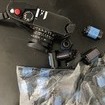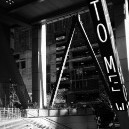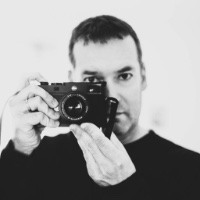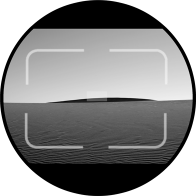Leica Lens MP Resolution?
-
Recently Browsing 0 members
- No registered users viewing this page.
-
Similar Content
-
- 4 replies
- 541 views
-
- 2 replies
- 293 views
-
- 75 replies
- 12,560 views
-
- 9 replies
- 841 views
-
- 7 replies
- 274 views
-






Recommended Posts
Join the conversation
You can post now and register later. If you have an account, sign in now to post with your account.
Note: Your post will require moderator approval before it will be visible.